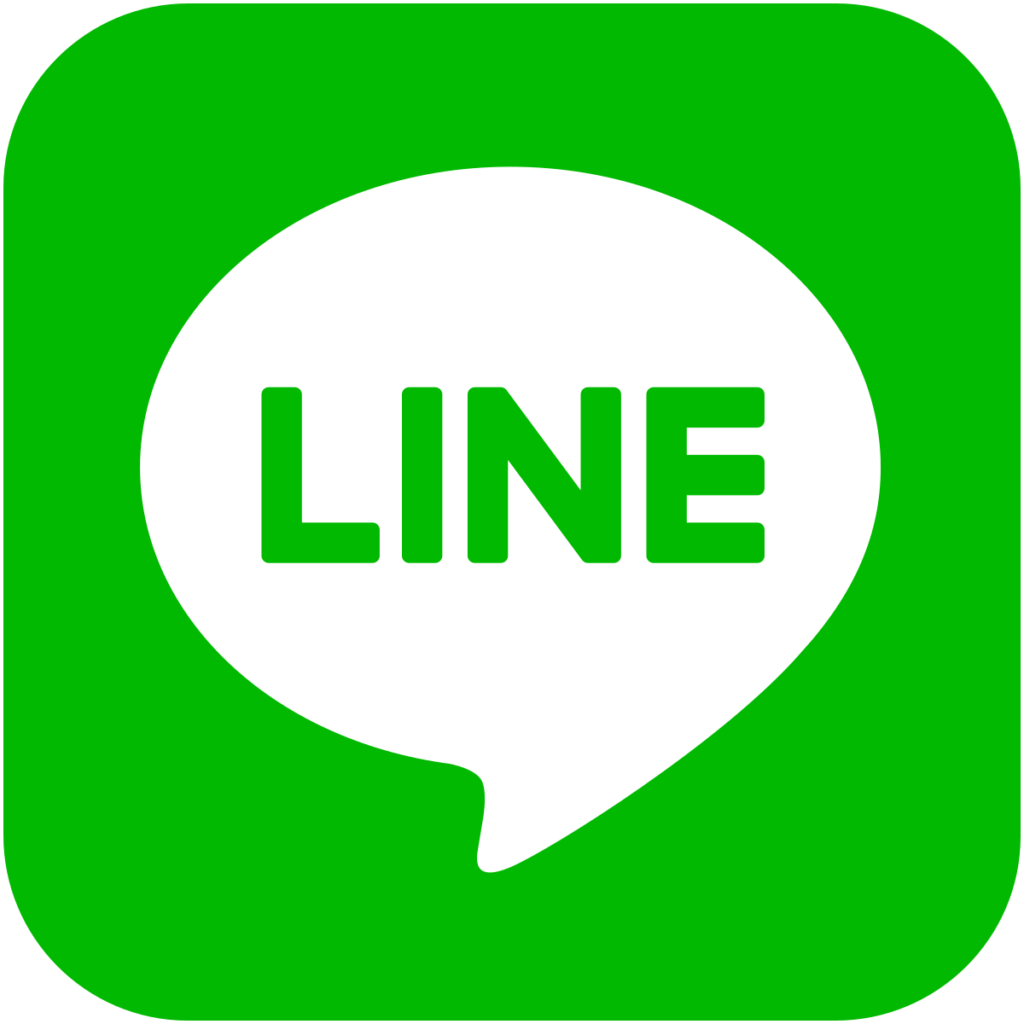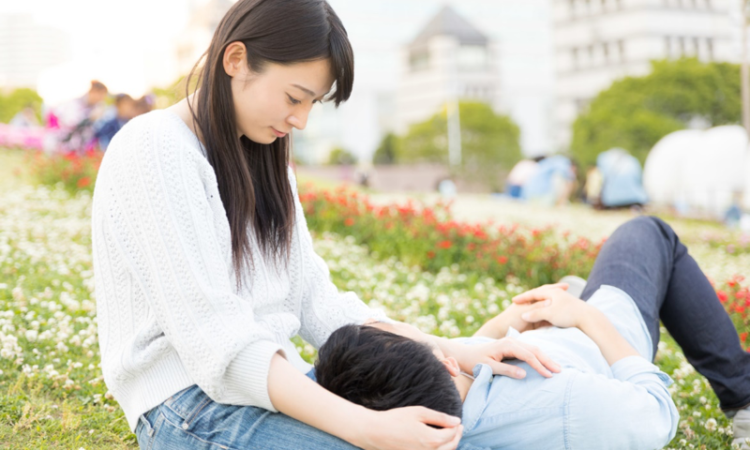If ever there were an article that made me feel my age, it is the current one. In the current article, I would like to talk about social media that are popular in Japan. Full disclosure: I don’t know much about social media, in Japan or elsewhere. I have a Facebook account (which as far as I understand it, is the oldest of the major social media); I’ve never used Twitter or Instagram or Reddit (interesting side note, I grew up with the founder of Reddit Alexis Ohanian (don’t get it twisted, we were never best buddies, but we hailed from the same neighborhood and went to the same elementary, middle, and high schools)).
However, in an attempt to get in touch with the young folk, I decided to spend a night researching and write an article about some popular social media here in Japan, all for you, dear reader. In my research efforts, I asked my brother who still lives in America (and who is much more plugged into the social media scene than I), and of the following six, he had never heard of five of them (the fifth is so common that even I know of it).
Social media are a relatively new thing, and like I said, I’m old enough to remember a world without such social media. Having said that, however, in an effort to bridge the gap that exists between putative millennials such as me (born in Shouwa 59 (1984 in other words)) and the younger millennials who are much more familiar with these platforms, let’s dig into this conversation (any mistakes herein are mine; I did my due diligence and researched all of these, but I only have actual experience using one of these social media sites).
What social media are popular in Japan?
My assiduous research has led me to the following five:
Tik Tok
This is a short movie video sharing application provided by a Chinese media company called Bytedance. In Japan, there is an increasing number of users, mainly with young people. This social media also boasts its largest number of users in China. This social media started operating in September 2016. Presently, this is a top short video-sharing social media in Asia, and has the largest number of comedic video communities in the world. In June 2018, the number of active users (500 million active users per month) reached 150 million people, becoming the world’s most downloaded application in the first quarter of 2018, and the estimated download count is as high as 45.8 million times. Due to its popularity, it has produced many trends and celebrities in Asia. The note (♪) is derived from the acronym “D” of the pronunciation of the Chinese characters. Although this is purely an anecdote, I asked several of my friends’ kids (aged 15, 15, and 13) if they knew this social media, and all three answered that they indeed are familiar with this social media, though they do not use said social media themselves.
SHOWROOM
Apparently, “Showroom” is a catch copy for “virtual live space”, and this social media started services on November 25, 2013 as a web site where celebrities delivered live content and enjoyed communicating with viewers. Delivery screens for this social media have a layout based on a performance stage. At the start of this social media, only official releases or broadcasts from celebrities were distributed from the head office. From September 13, 2014, all registered general users can freely distribute content, and the company introduced a system for remunerating users with payments from the overall sales of SHOWROOM according to the monetary contribution of said user’s content. The appearance of the viewer is visualized by avatar on the delivery screen, and delivery of content can be made more vibrant by comments (Gaya) to the distributor and “gifting (throwing gift items)”. As gift items, there are free gift items and those that cost money. It is possible to view content without registering or logging in. Membership registration (free) and login are required for writing comments, throwing gift items, and distributing your own content. As of March 2015, there is no paid membership system such as monthly billing, and there is no charge for delivering content. Ignored delivery of content does not happen, but there are examples of uploading videos to YouTube and the like arbitrarily by fans, and in such cases, there are, for all practical purposes, cases of ignored delivery of content. According to an announcement on September 13, 2017 from App Annie, a U.S. application survey company, in Japan, in the first half of 2017, with video distribution application rankings, SHOWROOM reached the number one spot for revenues. Once again, my very informal survey results of asking my friends’ kids about this social media revealed that all three are familiar with this social media and that two of the three use this social media.
17 Live (Ichinana Live)
This is a live streaming service operated by 17Media Japan Ltd., a Japanese base of M17 Entertainment headquartered in Taiwan. Live distribution and viewing from iOS, Android terminal, PCs is possible. M17 Entertainment was founded in 2015 by a famous Taiwanese HipHop artist Jeff Huang. The number of users in the expanding live video application “17 Live” is over 40 million people. In September 2017, full services began in Japan. As a member of the M17 Entertainment group, 17 Media Japan Co., Ltd. is developing a live distribution business “17 Live (Ichinana Live)” in Japan to develop next-generation entertainment that hopefully will create a bridge or link between Asia and Japan. My informal survey results of asking those three kids revealed the following: All three are familiar with this social media, though they do not use it.
LINE
Of all of these social media sites, this is the only one I am really familiar with and use on a regular basis. The following explanation is based only on my experience with using this; I have done zero research, as research is not needed for something I use every day (and further, I only know a few Japanese people who DO NOT use this social media). This is essentially a text-messaging application, though it also has games and many other functions (one of the big selling points for this, when it first came on the scene several years ago, are all of the really cute emoji you can use (many of which you have to pay for)). With this, you can text message and you can talk on video for free. Also, LINE automatically adds friends who also have LINE accounts from the phone numbers saved on your phone (I’m not sure how I feel about this feature, as it’ actually a bit scary to me). An additional thing about LINE that is good (or perhaps bad for some people) is that there is an already-read function (kidoku) with this. This means, when you send someone a text, if he or she opens it, on your screen, a notification indicating that said person has read your message appears. This means it is impossible to ignore people with this. It is also possible to add people to you line account by scanning a barcode that appears when you click the option for adding friends. Aside from the abovementioned problems, this is a very useful social media and I suspect everyone in Japan is familiar with this social media. Survey results of asking these three kids: not only do they know and use this social media, three or four years ago, it was one of the fifteen year olds who helped me download LINE onto my own phone.
Of these five, I decided to list Instagram last, simply because the average reader, of course, knows about this one. Even I know about this social media, I’ve never used it. This is a photo and video sharing social media owned by Facebook, and allows users to use a variety of filters and other tools to correct and doctor their pictures. This social media became usable in Japan in 2014, and in 2017, there are 20 million users in Japan (considering that the population of Japan is only 127 million, this number would seem to suggest one in six Japanese people use this social media, a truly astounding number). As for my survey results, all three of these kids use this social media and frankly didn’t believe me when I said I had never used this social media.
Blast from Past (MIXI)
I’ve been in Japan long enough (and I’m old enough to remember MySpace in America) that I actually used this social media when I first came to Japan. This social media is very similar (or was, when I last used it ten years ago) to MySpace or Facebook; it’s a social networking site where users create their own profiles and can have a blogging or diary function to let their friends know what is new (like I said, I haven’t used this site in years). This social media can be accessed on iPhone and Android operating systems, and it can only be accessed on cell phones from Japan; one of the reasons this social media is popular in Japan is that many users (especially women) perceive that this is a more private forum than Facebook and other large social media outlets. I thought this social media was largely defunct, but a google search indicates that there are still millions of users, and that not only is it extant, but it is also one of the more popular social media in Japan. Huh. Didn’t know that. All three of the kids subject to my survey were familiar with this social media, though they do not use it.
Most Popular Social Media in Japan
According to my research, the top three most-popular social media (by the number of users) are 1) Twitter, 2) Facebook, and 3) Instagram. Once again, according to my research, there are several reasons why Twitter is the most popular social media in Japan. To begin with, Japanese people like the ability to comment or share content anonymously. In Japan, people are very conscious of anonymity and the protection of kojin jouhou (personal information), so I can understand the appeal of this for Japanese people. Also, during the massive earthquake that occurred in March 2011, many people found this social media very useful in alerting loved ones as to their safety. All three of the kids subject to my survey were familiar with this social media and all three are active users (they also use Facebook and the other social media indicated above). I suspect an additional reason Twitter is so popular in Japan (and elsewhere) is because of the limit on the number of words you can input; I think this gives it a pithiness that is increasingly required on such platforms.
Today, I’ve discussed some popular social media in Japan. I was familiar with some, had used others, and had never even heard of some of these social media, but as detailed above, my detailed survey of three young people revealed that (1) all three kids know all of these social media and that (2) they use most of them. As such, I think there is a real utility in old people familiarizing themselves with these social media, not only because doing so would create some commonalities with younger people, but also because there are many benefits in using these social media (interestingly enough, throughout this article, I’ve bemoaned how old I am and how unfamiliar I am with these social media, but the founder of Facebook is the same age as I am and the founder of Reddit is a year older than I am, and the founder of 17Live (Jeffery Huang) is older than I am, so I suppose you are never too old to learn how to use these social media (one of the most famous users of Twitter, incidentally, is Donald Trump and he is definitely a lot older than I am)). Please give some of these social media a try and see if you like them.
Furthermore, enjoy reading about the ways to enjoy Christmas to the fullest in Japan.
Christmas in Japan: 5 Tips to Get the Most out of the Season












